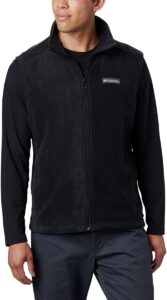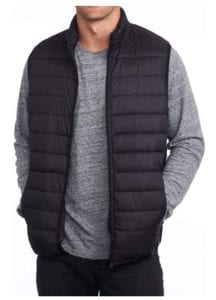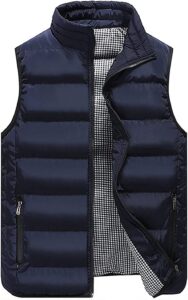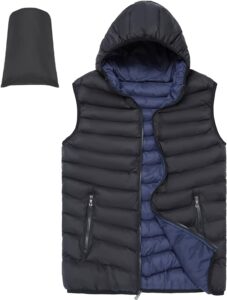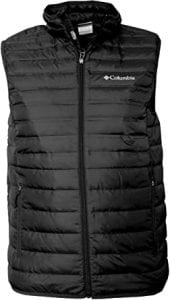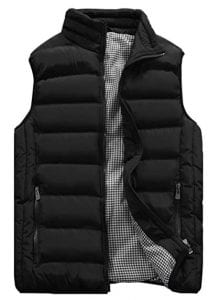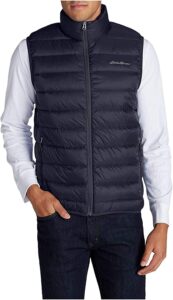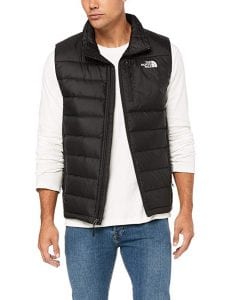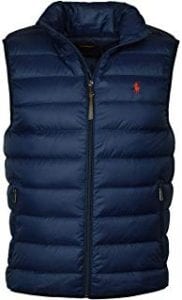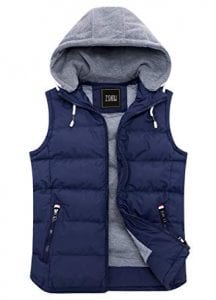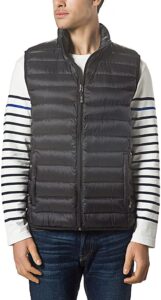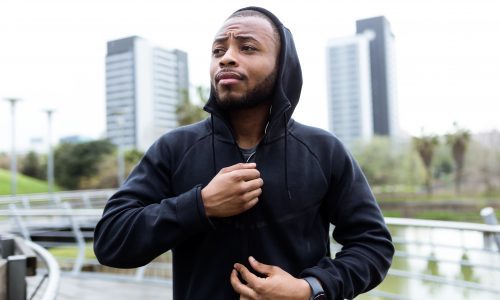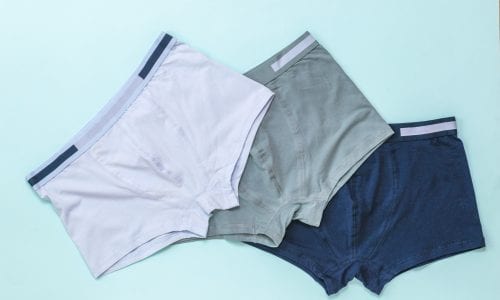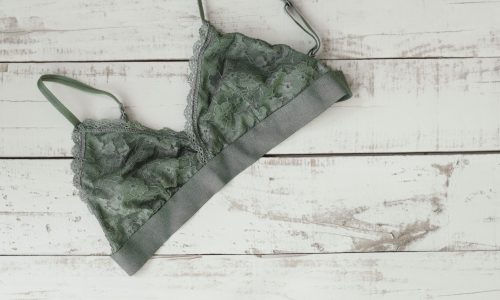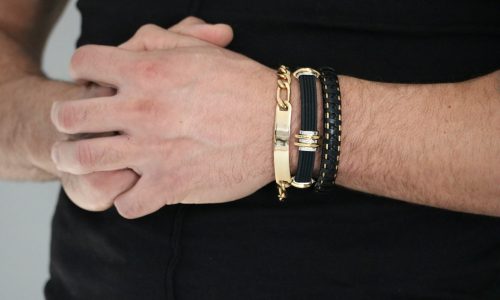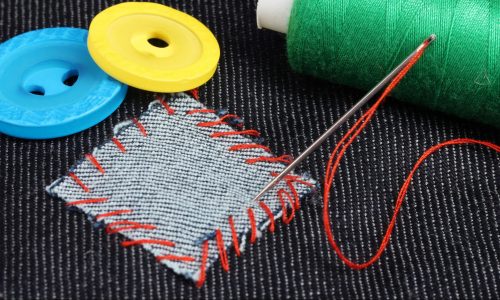The Best Mens Down Vest For Keeping Warm
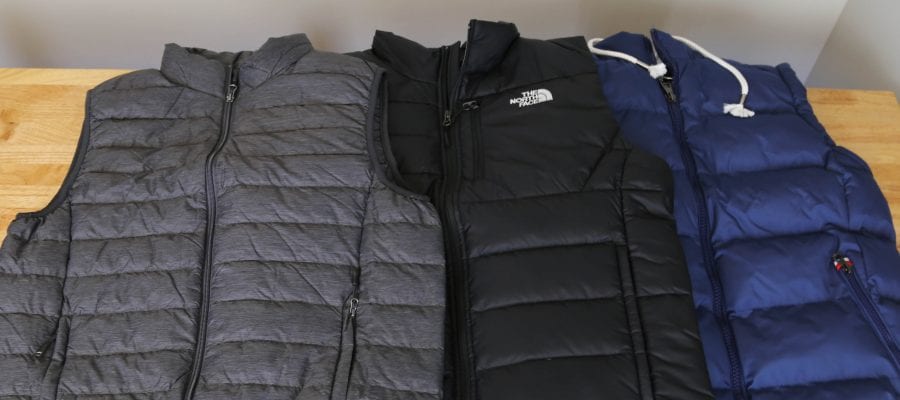
Our Review Process
Don't Waste Your Money is focused on helping you make the best purchasing decision. Our team of experts spends hundreds of hours analyzing, testing, and researching products so you don't have to. Learn more.
Our Picks For The Top Men's Down Vests
- 1. Columbia Men’s Steens Mountain Full Zip Down Fleece Vest
- 2. Alpine Swiss Clark Nylon Lining Men’s Down Alternative Vest
- 3. XinYangNi Lightweight Machine Washable Men’s Down Vest
- 4. ZIOLOMA Windproof Zippered Pockets Men’s Down Vest
- 5. Columbia MoKay Lake Polyester Lightweight Men’s Down Vest
- 6. Vcansion Men’s Pocketed Outdoor Padded Down Vest
- 7. Eddie Bauer CirrusLite Atlantic Regular Men’s Down Vest
- 8. The North Face Men’s Aconcagua Vest
- 9. Polo Ralph Lauren Zippered Men’s Down Puffer Vest
- 10. ZSHOW Machine Washable Men’s Hooded Padded Down Vest
- 11. XPOSURZONE Insulated Men’s Lightweight Down Puffer Vest
Ultimate warmth is what you'll get from this men's down vest. It's constructed from a soft filament fleece and designed using a classic fit. The vest also looks great when layered over a t-shirt, long-sleeve shirt or a thermal underwear top.
Multiple Color OptionsYou'll find this men's down vest is available in 27 different colors, including black cherry, azul, surplus green and ancient fossil.
This men's down vest uses a down alternative fill to keep you warm on those chilly fall and winter days. It's puffer style is attractive and pairs well with a variety of long-sleeve and button-down shirts. The vest includes two zipper pockets for storing your keys, cash and identification.
Economical Price TagIf you're searching for a budget-friendly men's down vest, this model is an excellent buy.
Whether you're going for a hike on a cool fall afternoon or camping in the spring, this men's down vest has you covered. The vest's puffer design provides that added warmth you need, while the three built-in pockets add functionality. You can get the vest in 18 different colors, so you're sure to find a shade that suits your personality.
Easy to CleanThis men's down vest is available in sizes ranging from a small to an extra-large.
This men's down vest is available in sizes up to an XX-large. It features a built-in hood, two pockets and a zipper closure. The material is high-quality and made to withstand both wind and rain. Since it's more lightweight than other options, it's a good choice for layering.
Larger Sizes AvailableWhen this men's down vest arrives, you'll find it neatly tucked inside a handy carry bag.
Buying Guide
If you’ve spent any January nights north of the Mason-Dixon line outside, you know there’s one golden rule: Keep your core warm. And when you need to do that, there’s nothing quite like a good down vest. That’s clear even before you put one on, since these sturdy mainstays of outdoor winter wear can cost quite a bit more than a simple windbreaker or sweater. But the moment you zip up against a chill wind, it’ll be well worth it.
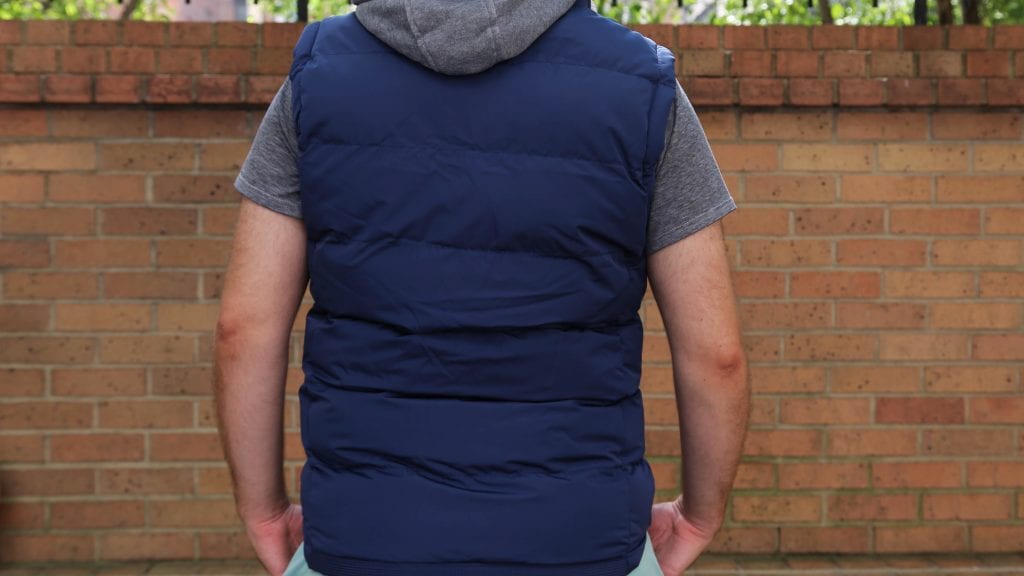
For the most part, the price tag will reflect the filling. Not all vests in that signature baffled “down jacket” style are filled with actual down, and while synthetic fillings will be fine for light weather, there’s no substitute for the real stuff. “Down” refers to a specific inner layer of feathers on ducks or geese. It’s the tightly woven filaments of these feathers that keep aquatic birds warm even on chilly swims. It turns out it can do the same for humans when stuffed inside a jacket, though it can still get water-logged without the right insulation in the outer material. Synthetic filling like polyester won’t retain as much water, but might not be as warm in general.
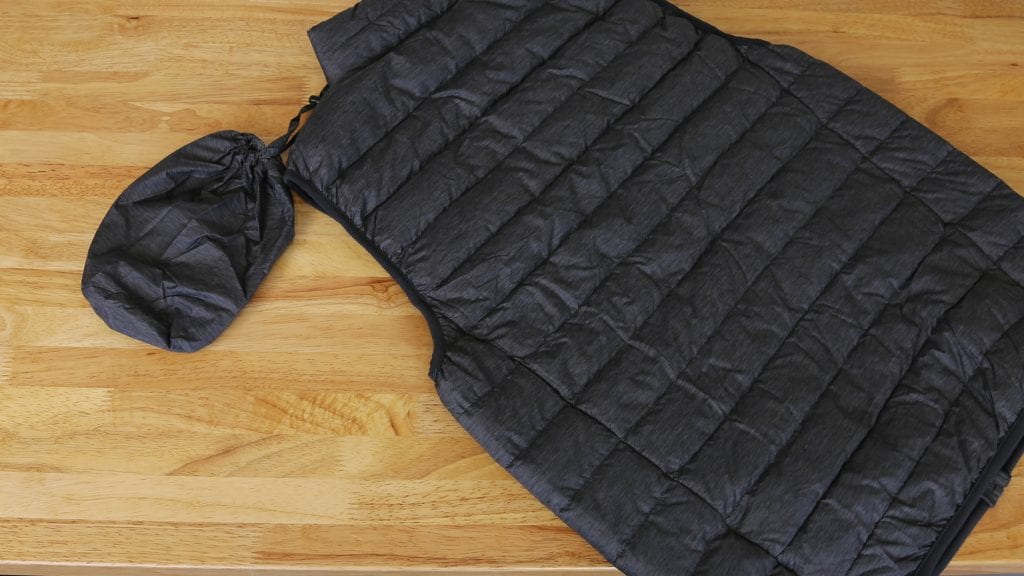
Many jackets won’t specify whether their down comes from a goose or duck. If they don’t (and it’s on the cheaper side), chances are the filling is duck down. Geese are bigger and so are their down feathers, which are able to trap more heat. They’re also less plentiful, which makes goose down vests, like the North Face Aconcagua, a premium commodity. That said, duck down will still provide plenty of insulation.
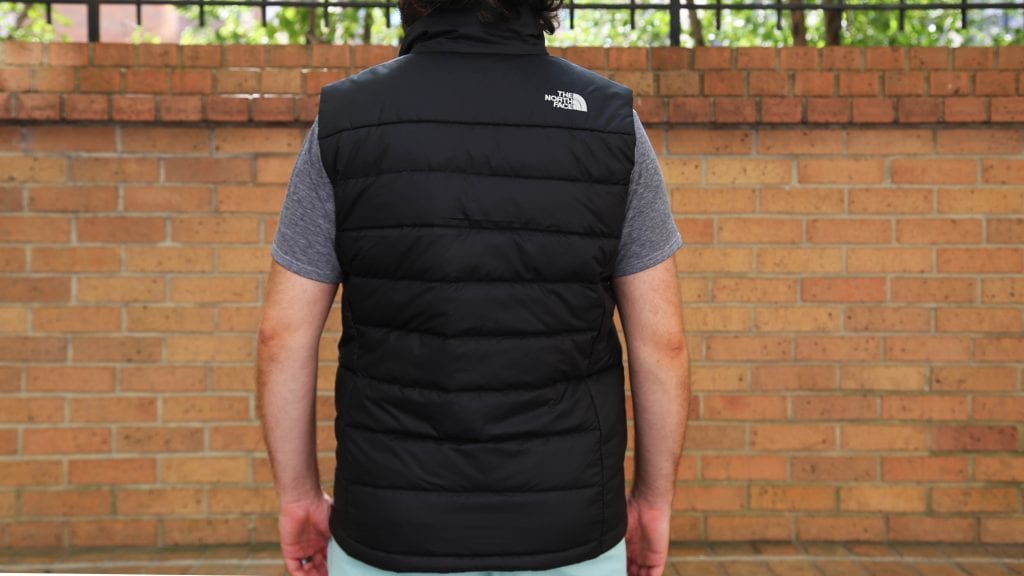
One stat to look for on a down vest is fill power. That can range from the 500s on the economy side to 900 or more for premium vests. That number is a rough indicator of the quality of the down used, because it measures volume — specifically, how many cubic inches of space are occupied by one ounce of material.
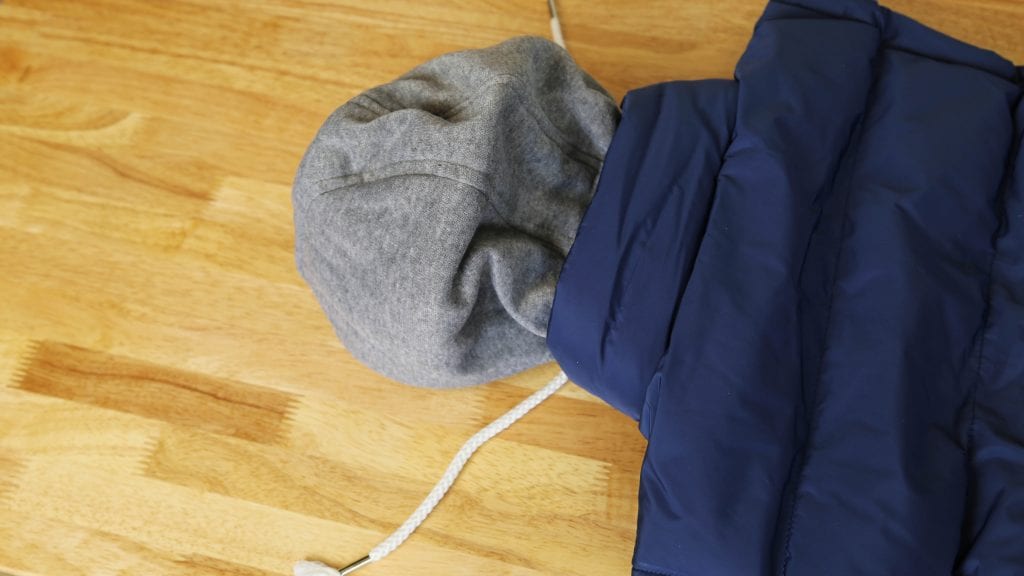
There’s a lot more to consider as far as the exterior is concerned, but you can probably sort out the more subjective fashion side of the equation. Just know that no matter how cool you look, this is one piece of outerwear you can count on to keep you warm.
What to Look For
- There are a couple features that will make a big difference for heavy outdoor use, and pockets will be one of them. Deep pockets will be a lifesaver for chilly digits, and it’s that much better when they have zippers. That way, your phone, wallet or other personal items can benefit from any waterproofing the vest may have. Want space for both your hands and gear? Look for a vest with hidden interior pockets.
- Regular vests are mostly a fashion accessory. They’re meant to be worn loose or button-down snug as the formality of the situation requires. Down vests, on the other hand, need to be snug to be functional. A good fit is crucial, and that can be helped a lot by the design. Look for drawcords on the hem at the waist, or even around the neckline. Pulling them tight in cold weather can do plenty to keep body heat from escaping.
- Concerned about animal welfare? A lot of major clothesmakers are too. There are now certifications that buyers can look for to make sure the down in their jackets comes from ducks or geese that are treated as humanely as possible. One such certification is RDS or Responsible Down Standard. Another is the GTDS, which stands for Global Traceable Down Standard. Both ensure that the down in their jackets was harvested with no live-plucking or force-feeding of the animals concerned.
More to Explore
Russian soldiers had been stuffing their coats with feathers since the turn of the 20th century, but Eddie Bauer took credit for developing the first actual down jackets in 1936. Bauer, an avid outdoorsman, was looking for a coat that would deliver maximum warmth without weighing him down. It turned out that other hunters and fisherman were looking for the same thing. His initial “Blizzard-Prooff Jacket” was a hit, and Bauer’s company is still making down jackets and vests for sportsmen today.

